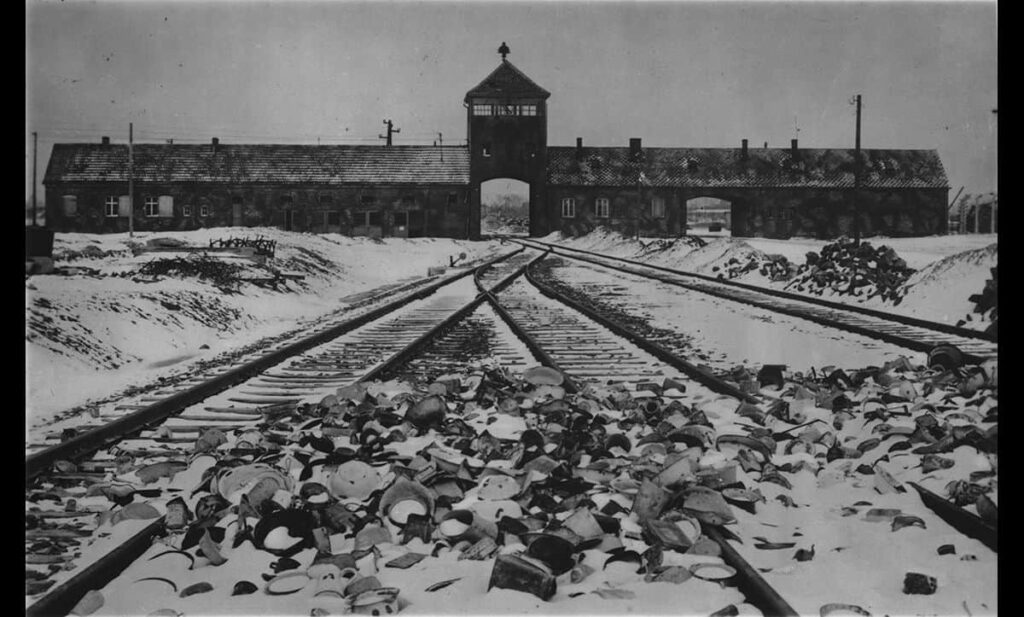The Holocaust was a systematic mass murder that took place during World War II, led by Adolf Hitler and his Nazi regime. Approximately six million Jews, along with millions of other victims, were killed in this genocide. The roots of the Holocaust can be traced back to the rise of National Socialism in Germany, where anti-Semitic sentiments were fueled through propaganda campaigns. The Nazis implemented the Final Solution, exterminating European Jewry through concentration camps and death camps. Jews were also confined to ghettos and forced into labor under inhumane conditions. Despite the horrors, there were acts of resistance and rescue, and after the war, the Nuremberg Trials held Nazi leaders accountable. Today, there are memorials and educational programs to remember the Holocaust and its lessons, emphasizing the importance of empathy and standing against prejudice.
The Holocaust: Tracing the Horrors of Nazi Genocide
Introduction
The Holocaust, one of the darkest chapters in human history, was the systematic mass murder of approximately six million Jews, along with millions of other victims, during World War II. Led by Adolf Hitler and his Nazi regime, this genocide aimed to exterminate entire groups of people based on their racial, ethnic, and social backgrounds. The horrors of the Holocaust remain a chilling reminder of the depths of human cruelty and the importance of standing up against prejudice and discrimination.
Historical Background
The roots of the Holocaust can be traced back to the rise of National Socialism in Germany during the 1930s. Adolf Hitler’s radical ideology fueled anti-Semitism, with Jews becoming the primary target for systematic persecution. Propaganda campaigns demonizing Jews spread throughout Germany, fostering a climate of hate and intolerance. Discriminatory laws were enacted, stripping Jewish individuals of their rights and subjecting them to increasing levels of degradation and isolation.
The Implementation of the Final Solution
As the war progressed, Hitler and his followers devised a plan known as the “Final Solution” – a euphemism for the extermination of European Jewry. The Nazis established concentration camps and death camps to carry out their genocidal ambitions. Jews, along with other targeted groups such as Roma, disabled individuals, homosexuals, and political dissidents, were systematically transported to these camps under the pretense of forced labor, only to face brutal living conditions and certain death.
The Ghettos and Forced Labor
Prior to the establishment of the death camps, Jews were often confined to ghettos. These segregated areas, usually located in impoverished parts of cities, were overcrowded and deprived of essential resources. Jews were subjected to extreme poverty, malnutrition, and disease, creating an environment that hastened their physical and mental decay. Many were forced to perform hard labor in factories or construction projects under appalling conditions, leading to further suffering and death.
The Death Camps
The death camps, such as Auschwitz-Birkenau, Sobibór, and Treblinka, were designed solely for the purpose of mass extermination. Upon arrival, victims were systematically stripped of their belongings and separated – the old, infirm, and young were immediately sent to the gas chambers, while those deemed fit for labor were temporarily spared. Those forced into labor faced extreme exhaustion, starvation, and brutal treatment from the SS guards.
Resistance and Rescuers
Despite the overwhelming odds, courageous individuals and groups resisted the Nazis and provided aid to the persecuted. The Warsaw Ghetto Uprising, led by Jewish fighters in 1943, stands as one of the most notable acts of defiance. Additionally, non-Jewish individuals, often risking their own lives, played crucial roles in sheltering and rescuing Jews. Individuals such as Oskar Schindler and Raoul Wallenberg saved thousands of lives through their fearless actions.
Aftermath and Lessons Learned
By the end of World War II, the true extent of the Holocaust became apparent. The liberation of the camps revealed the horrific conditions and mass graves left behind by the Nazis. The atrocities committed during this period led to the establishment of the Nuremberg Trials, where key Nazi leaders were held accountable for their roles in the genocide. The Holocaust has since become a symbol of the dangers of unchecked hate and prejudice, serving as a reminder that societies must remain vigilant in protecting the rights and dignity of all people.
Remembering the Holocaust
Today, numerous memorials, museums, and educational programs exist to ensure the memory of the Holocaust is preserved and its lessons are learned. The United Nations annually designates January 27th as International Holocaust Remembrance Day. Commemorating the six million lives lost, this day serves as a call to action to prevent future acts of genocide and to promote tolerance, understanding, and respect.
Conclusion
The Holocaust stands as a dark and crucial part of human history. Through understanding and remembrance, we strive to honor the victims and ensure such atrocities are never repeated. The horrors of the Holocaust should forever remind us of the importance of empathy, compassion, and the obligation to stand up against prejudice and hate in all its forms.
